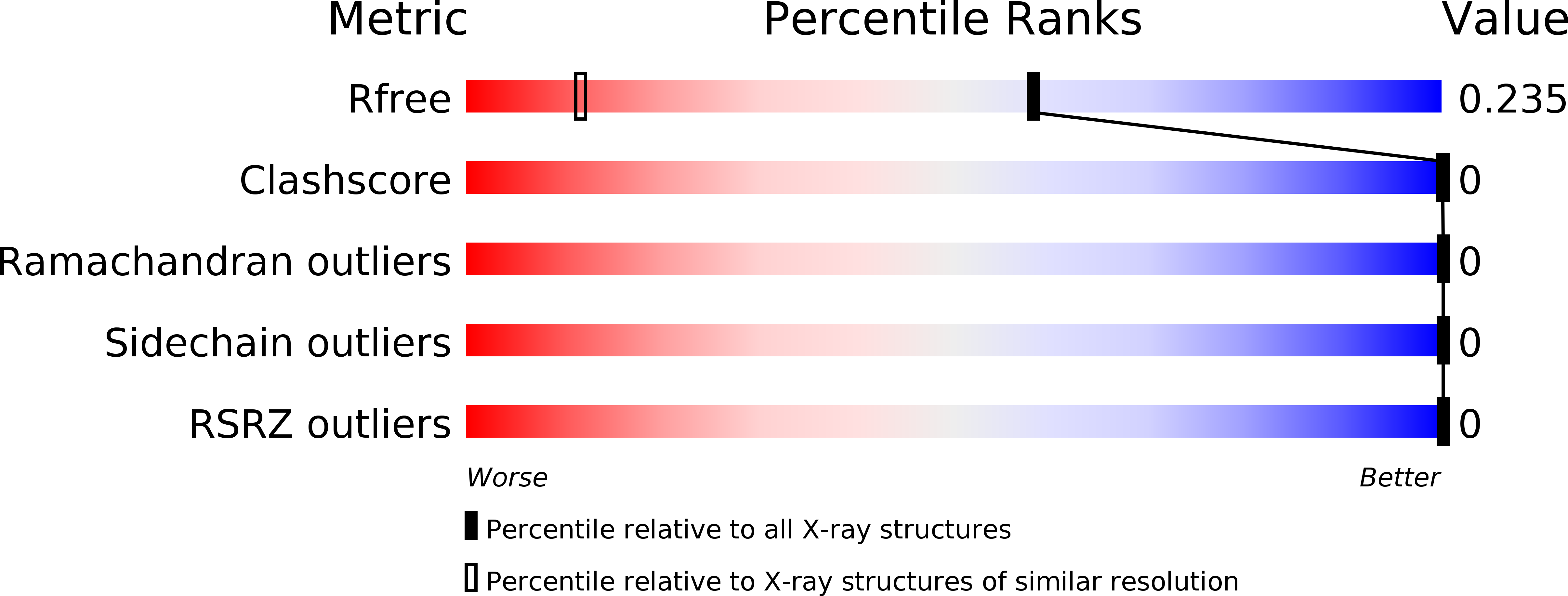
Deposition Date
2017-01-25
Release Date
2017-08-23
Last Version Date
2024-10-30
Entry Detail
PDB ID:
5UM1
Keywords:
Title:
XFEL structure of influenza A M2 wild type TM domain at intermediate pH in the lipidic cubic phase at room temperature
Biological Source:
Source Organism:
Influenza A virus (A/Hickox/1940(H1N1)) (Taxon ID: 383543)
Method Details:
Experimental Method:
Resolution:
1.45 Å
R-Value Free:
0.22
R-Value Work:
0.21
R-Value Observed:
0.21
Space Group:
I 4


